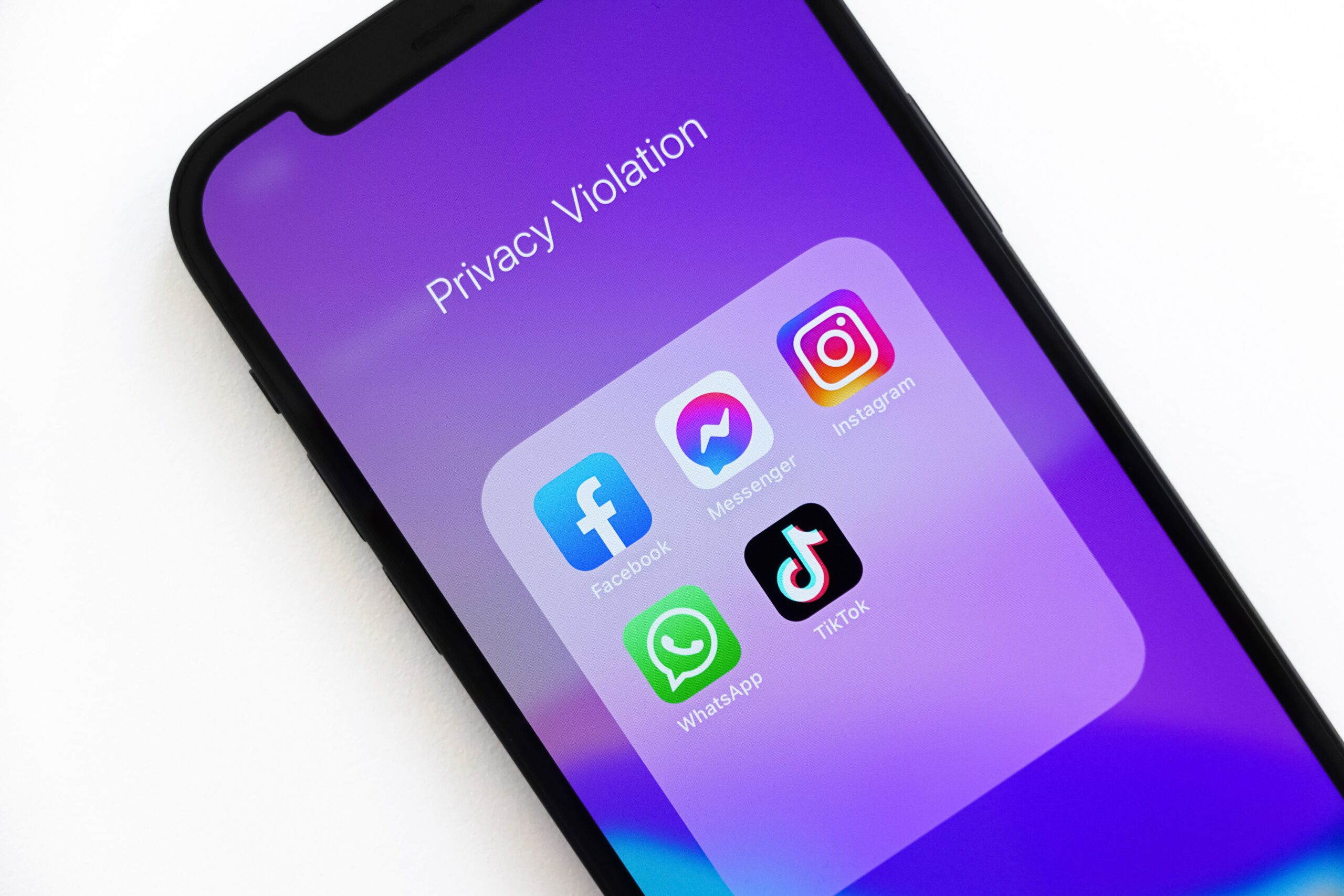Digital Privacy

The meaning and significance of digital information privacy can vary based on contextual factors. A teenager may choose to post photos of a group of friends and tag as many people as possible on social media. While a professional working at a public organization may need to be extra cautious when taking or publishing a photo of others. The idea brought out in one of Shaafi’s weekly posts about leaving digital traces and private information online is a potential area that needs attention. As the web and the digital world develop, there is an increase in public awareness of the issue of privacy. In BC, the Freedom of Information and Protection of Privacy Act (FIPPA) and the Personal Information Protection Act (PIPA) are two major privacy and security legislations enforced by the Office of the Information and Privacy Commissioner (OIPC) that govern digital privacy concerns.
Although the two legislations are used under different contexts, both play a crucial role in protecting personal information and ensuring its legal use. FIPPA regulates the access and control of personal information under public bodies while PIPA applies to information handled by private organizations (‘Legislation,’ n.d.). As owners of the information, consent from the individual plays a significant role in information collection, usage, or disclosure. This also applies to storing or accessing information outside of BC or Canada, in which both acts still regulate information handling and consent requirements. These two legislations act together to set out the rights of individuals when dealing with personal information and help guide legal and ethical online behaviours.
As learners or educators engaging with social media or online networks, we should be constantly aware of protecting personal information and in public educational settings, obtaining consent from learners is crucial before utilizing any tools (i.e., the G Suite). This process may be more important when dealing with K-12 students. As an example in the article below, elementary and middle students in the Greater Victoria School District No. 61 would require parental consent to sign up for an educational G Suite account (‘Privacy and Personal Information,’ n.d.). The emphasis on paying high attention to information privacy issues among kids can also be reflected in the privacy education novel developed by The Privacy Commissioner of Canada for children aged 8-10.

As a student learning in the field of health informatics, it is repeatedly emphasized that protecting personal health information is essential as it is highly sensitive and needs to be regulated in terms of use and disposition. As reflected in the Legislative Framework for Privacy in the BC Health Care System, healthcare practitioners can be guided by both FIPPA and PIPA depending on the area of practice (2017). In healthcare, it is also worth mentioning the BC E-Health Act, which puts more focus on protecting personal health information in public digital health solutions (known as health information banks). Learning about digital information privacy practices allows me to better understand the duties when working in the healthcare industry and interact with digital health applications more responsibly.
References
Legislation. (n.d.). Office of the Information and Privacy Commissioner for BC. https://www.oipc.bc.ca/about/legislation/
Legislative Framework for Privacy in the BC Health Care System. (2017). Doctors of BC. https://www.doctorsofbc.ca/sites/default/files/ptv3.0.03_legislative_framework_for_privacy_in_the_bc_health_care_system.pdf
Office of the Information and Privacy Commissioner. (2012). CLOUD COMPUTING GUIDELINES FOR PUBLIC BODIES. https://esquimalt.public.sd61.bc.ca/wp-content/uploads/sites/34/2013/09/OIPC-Cloud-Computing-Guidelines-for-Public-Bodies.pdf
Privacy and Personal Information. (n.d.). The Greater Victoria School District. https://www.sd61.bc.ca/parent-student-resources/student-accounts/student-gafe-account/privacy-and-personal-information/

ruthm February 13, 2022
Hi Leo!
I am comparing my own Visitor-Resident diagram with yours, and it is interesting that we have a lot of similarities. Like you, I also seem to have more applications in the Institutional quadrants of my diagram. I am thinking that this might be because most of the applications we use in an educational context is for collaboration purposes, which thus requires more online interactions.
Ruth